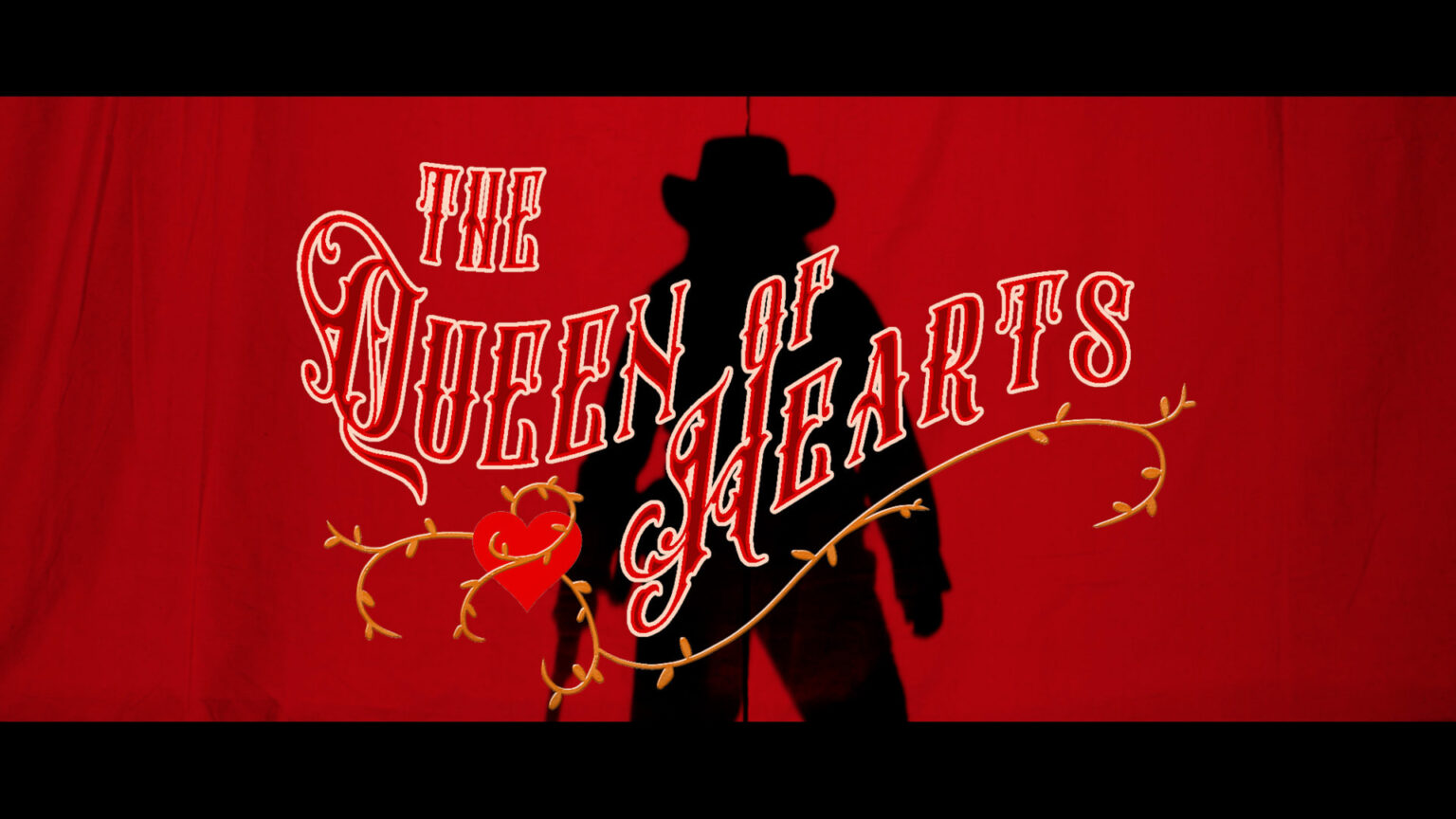
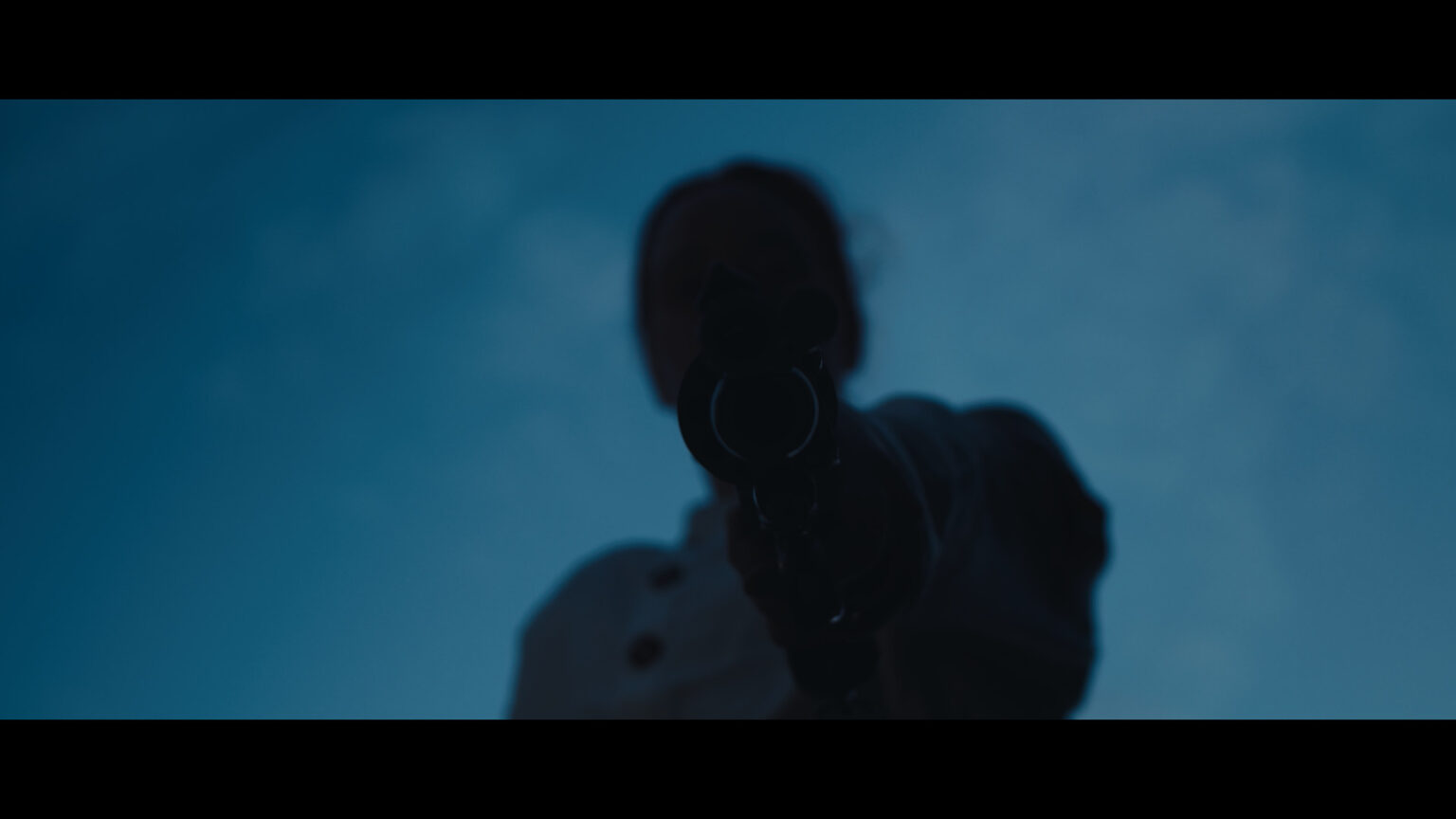
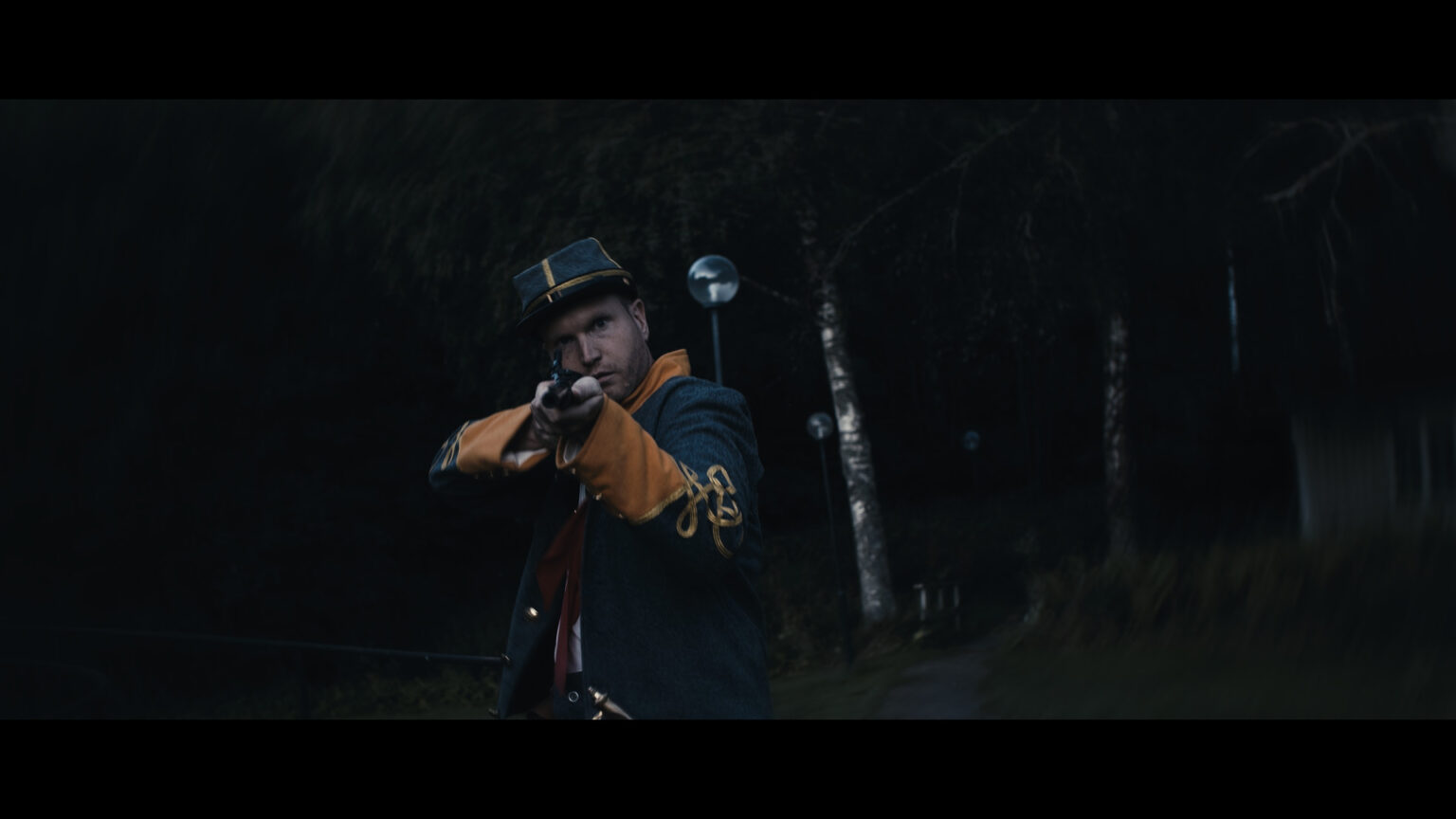
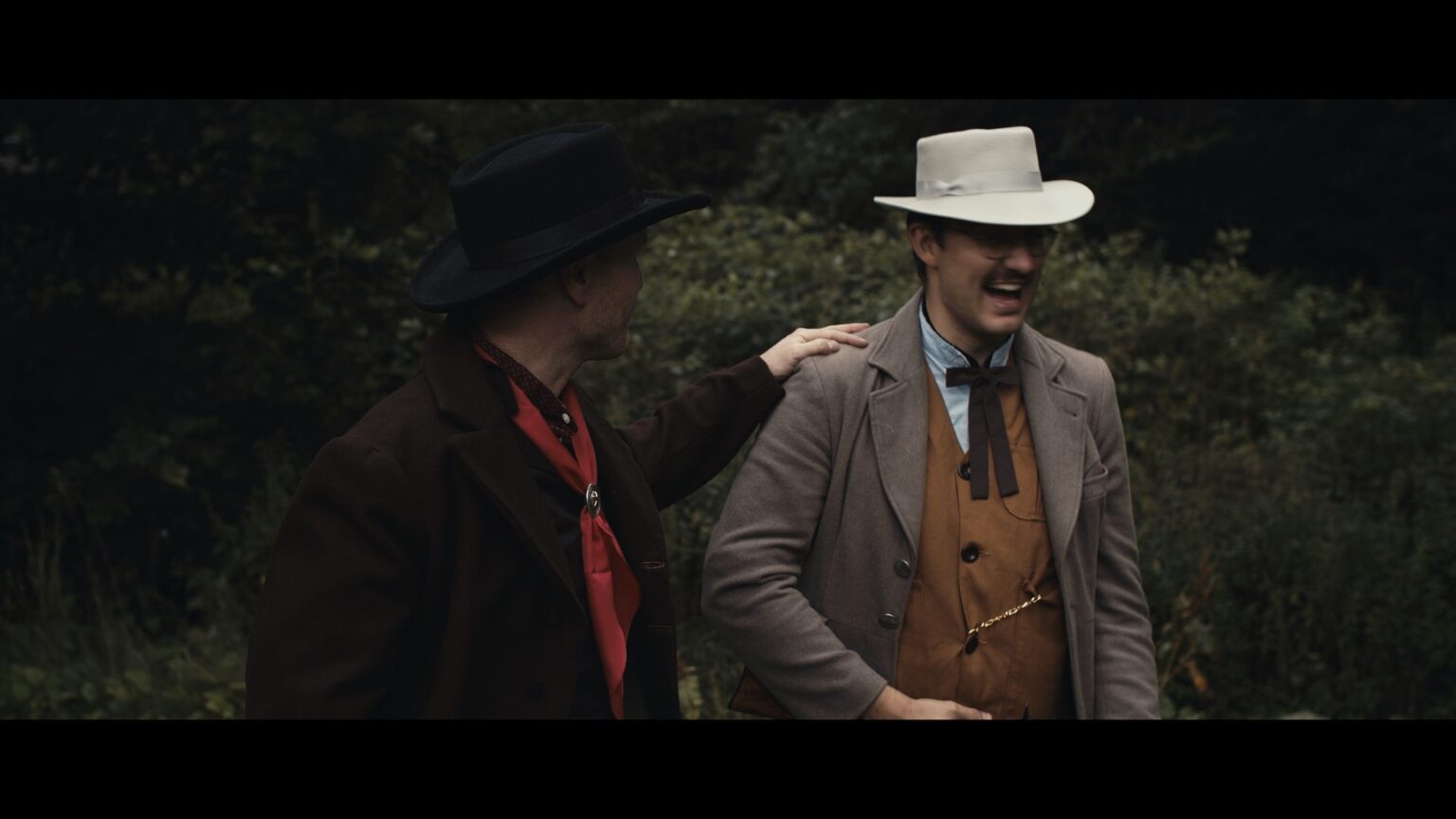
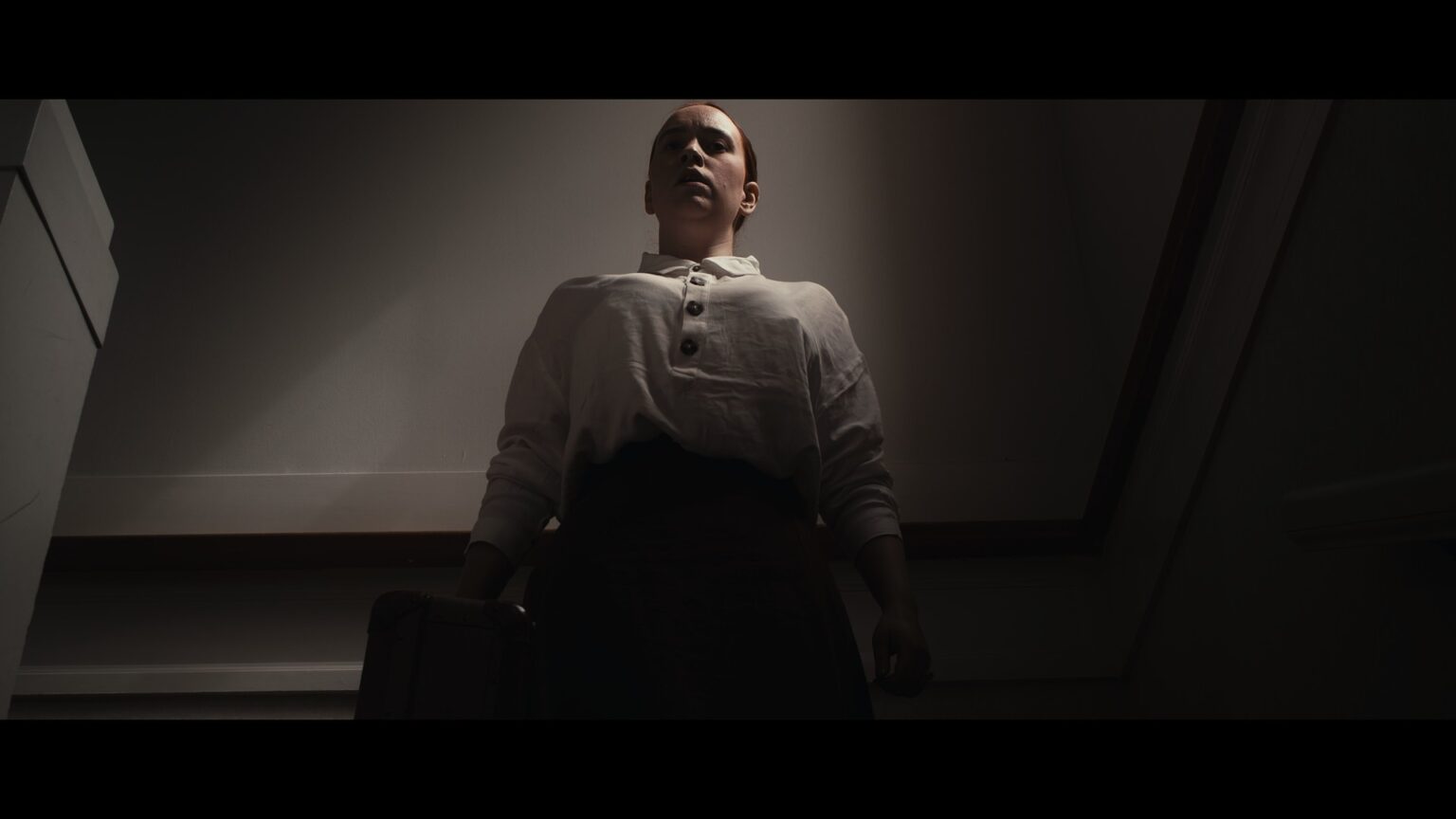
Overview
Deep in the heart of North Carolina during the American Civil War, two good friends are excited to be drafted into service, eager to experience the heat of battle. As these young men celebrate their achievements, the wife of one of them, who enjoys a fairly wealthy lifestyle, is not at peace. Quite the contrary, she despises what her husband fights for. Her husband does not share her views, leading to dangerous behavior from him. Feeling unsafe, she knows she must escape before something bad happens.
Director's Cut
Johan Andrén is a film director and screenwriter from Sweden, relatively new to the film industry. From a young age, Johan has been fascinated by filmmaking, a dream he pursued by attending film school in Sweden. His passion lies in creating films that blend adventure and action, delivering suspenseful and entertaining experiences.
Johan’s favorite films, such as “The Lost World,” “The Good, the Bad and the Ugly,” “Gojira,” and “King Kong,” have profoundly influenced him both personally and professionally. Inspired by these classics, Johan is eager to embark on his own filmmaking journey.
His latest film, “The Queen of Hearts,” originated from a short story he created in 2019 during his first year at film school. Initially a three-minute western, the project evolved significantly over the years. The character Eloise Abernathy, first introduced in “Winning Pair,” became a focal point for further exploration, leading to the creation of “Losing Pair” in 2020. Although “Losing Pair” served as an experimental film, it laid the groundwork for what was to come.
After graduating from film school and completing the project “ODJURET,” Johan revisited Eloise’s story, focusing solely on her past. Collaborating once again with Izadora Burenstrand, who portrayed Eloise, Johan brought the character back to life in the summer of 2021.
Now, with “The Queen of Hearts” ready for the big screen, Johan is excited to share this story, a testament to his growth and dedication as a filmmaker.
Expert Review: The Queen of Hearts
“The Queen of Hearts,” a short film produced by Magical Pictures, transports viewers to 1863 North Carolina, three years into the American Civil War. Spanning 14 minutes and 54 seconds, this film masterfully encapsulates the era’s tumultuous atmosphere through a concise yet powerful narrative.
The film opens with two friends practicing their shooting skills, a common pastime for men of that era, emphasizing both entertainment and survival. These men, staunch supporters of the Confederate cause, are preparing for battle against the Yankees in just two days. This scene sets the historical context and immediately immerses the audience in the period’s prevailing ideologies and tensions.
As the story progresses, the focus shifts to the domestic sphere, highlighting the intense personal conflicts that the war engenders. Samuel, one of the friends, faces vehement opposition from his wife, Eloise, not because he is going to war, but because of what he is fighting for. Eloise’s contempt is directed at the Confederate ideology that glorifies slavery, a belief that Samuel supports. This ideological clash culminates in a powerful dinner scene, where Samuel attempts to find solace before his departure. His plea, “Let’s just try to enjoy the last meal before I go,” is met with Eloise’s raw, emotional retort, “I hate you.” This exchange brilliantly captures the profound moral and emotional chasm between them.
The actors’ performances in this scene are exceptional, with their delivery bringing out the depth of their characters’ inner conflicts. The film’s ability to convey such raw emotion in a short span is a testament to its strong script and direction.
The film also includes well-executed action sequences, involving chases and gunfights, both indoors and outdoors. While the animation in these scenes could benefit from further refinement, the overall execution, particularly the sound design, effectively conveys the chaos and urgency of the moment.
In the final scene, Eloise finds a potential escape from her dire situation through Nathan, indicating her desperate need to break free from the oppressive environment created by her husband’s beliefs and actions. This resolution hints at a continuation of her journey, leaving the audience eagerly anticipating a possible sequel.
From an audience perspective, “The Queen of Hearts” delivers a high-quality cinematic experience. Its striking cinematography, compelling plot, and outstanding performances make it a must-watch. The film successfully engages viewers, leaving them with a meaningful message and a desire for more.
Overall, “The Queen of Hearts” is a commendable achievement. It takes considerable skill and bravery to craft such a concise yet impactful narrative, especially one that leaves a lasting impression. I highly recommend this film to anyone interested in historical dramas that combine emotional depth with historical authenticity.
